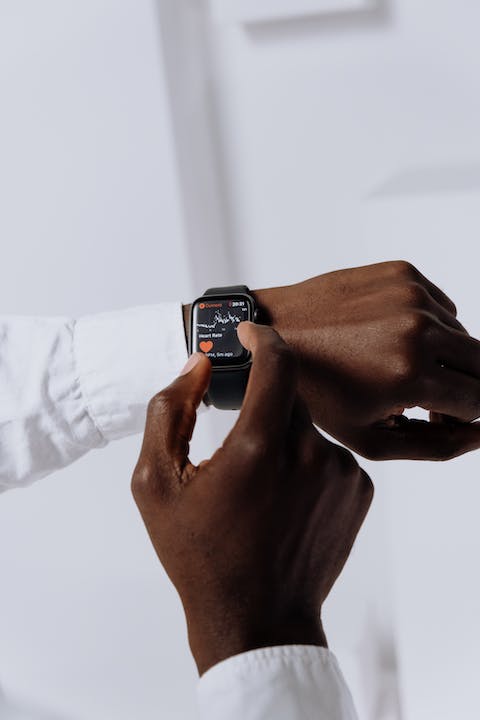How to Connect Two Displays to Laptop: A Comprehensive Guide
In today's digital age, having multiple displays connected to your laptop is becoming increasingly common. Whether you're a gamer, a graphic designer, or simply someone who requires a larger workspace, knowing how to connect two displays to your laptop is a valuable skill. This guide will take you through the step-by-step process of connecting two displays to your laptop, allowing you to expand your desktop and multitask with ease. From understanding the required hardware to configuring display settings, we'll cover everything you need to know to ensure a seamless dual monitor setup. So, if you're ready to enhance your productivity and immerse yourself in a world of improved visual experiences, let's dive into the world of connecting two displays to your laptop.
What cables and connectors are needed to connect two displays to laptop?
Connecting two displays to your laptop requires specific cables and connectors. The type of cables and connectors needed will depend on the outputs available on your laptop and the inputs on the displays. The most common cables and connectors used in dual monitor setups include HDMI, DisplayPort, and VGA. HDMI cables are widely used and carry high-definition video and audio signals. DisplayPort cables offer similar capabilities and are commonly found in gaming monitors and laptops. VGA cables, although older and less common, are still compatible with many displays. To connect two displays to your laptop, you may need a combination of these cables and connectors. It's important to check the available ports on your laptop and the requirements of your displays to determine the appropriate cables and connectors needed for your specific setup.
How to physically connect two displays to laptop?
Physically connecting two displays to your laptop involves a few simple steps. Firstly, ensure that your laptop is powered off and both displays are turned off. Locate the video output ports on your laptop and the corresponding input ports on the displays. Connect the appropriate cables from these ports on your laptop to the input ports on the displays. Once the cables are securely connected, power on your laptop and displays. Your laptop should automatically detect the new displays. If the displays are not detected, you may need to adjust the display settings in your laptop's operating system. This can usually be done by right-clicking on your desktop and selecting "Display settings" or a similar option. In the display settings, you will be able to configure how the displays are arranged and which one is the primary display.
How to configure display settings for dual monitors?
Configuring the display settings for dual monitors is an important step to ensure that both displays are functioning as desired. In the display settings on your laptop, you will find options to extend or duplicate your desktop. Extending your desktop allows you to use each display as a separate workspace, while duplicating your desktop mirrors the same content on both displays. Additionally, you can arrange the displays physically by dragging and dropping them in the display settings menu. This allows you to align the displays according to their physical positioning. You can also set the resolution and orientation of each display individually, ensuring that the visuals are optimized for each screen. Experiment with different configurations and settings to find the arrangement that best suits your workflow and preferences.
Further Inquiries about how to connect two displays to laptop
1. Are there any limitations in connecting two displays to a laptop?
Connecting two displays to a laptop may have certain limitations depending on the hardware capabilities of your laptop. Some laptops may not support dual monitor setups or may have limited graphics capabilities that affect the performance of the displays. Check your laptop's specifications or consult with the manufacturer to understand any limitations before attempting to connect two displays.

2. Can I connect displays with different resolutions to my laptop?
Yes, you can connect displays with different resolutions to your laptop. However, it's important to note that the lower-resolution display may appear stretched or smaller compared to the higher-resolution display. To avoid this, you can adjust the scaling settings in your display settings to ensure that both displays have a consistent and visually appealing appearance.

3. Can I connect more than two displays to my laptop?
Some laptops and graphics cards support connecting more than two displays, allowing you to create a multi-monitor setup with three or more displays. However, this depends on the hardware capabilities of your laptop and the available ports. Check your laptop's specifications or consult with the manufacturer to determine if connecting more than two displays is possible.



